I am starting a new Project for a website based on "Talents" - for example:
- Models
- Actors
- Singers
- Dancers
- Musicians
The way I propose to do this is that each of these talents will have its own table and include a user_id field to map the record to a specific user.
Any user who signs up on the website can create a profile for one or more of these talents. A talent can have sub-talents, for example an actor can be a tv actor or a theatre actor or a voiceover actor.
So for example I have User A - he is a Model (Catwalk Model) and an Actor (TV actor, Theatre actor, Voiceover actor).
My questions are:
Do I need to create separate tables to store sub-talents of this user?
How should I perform the lookups of the top-level talents for this user? I.e. in the user table should there be fields for the ID of each talent? Or should I perform a lookup in each top-level talent table to see if that user_id exists in there?
Anything else I should be aware of?


